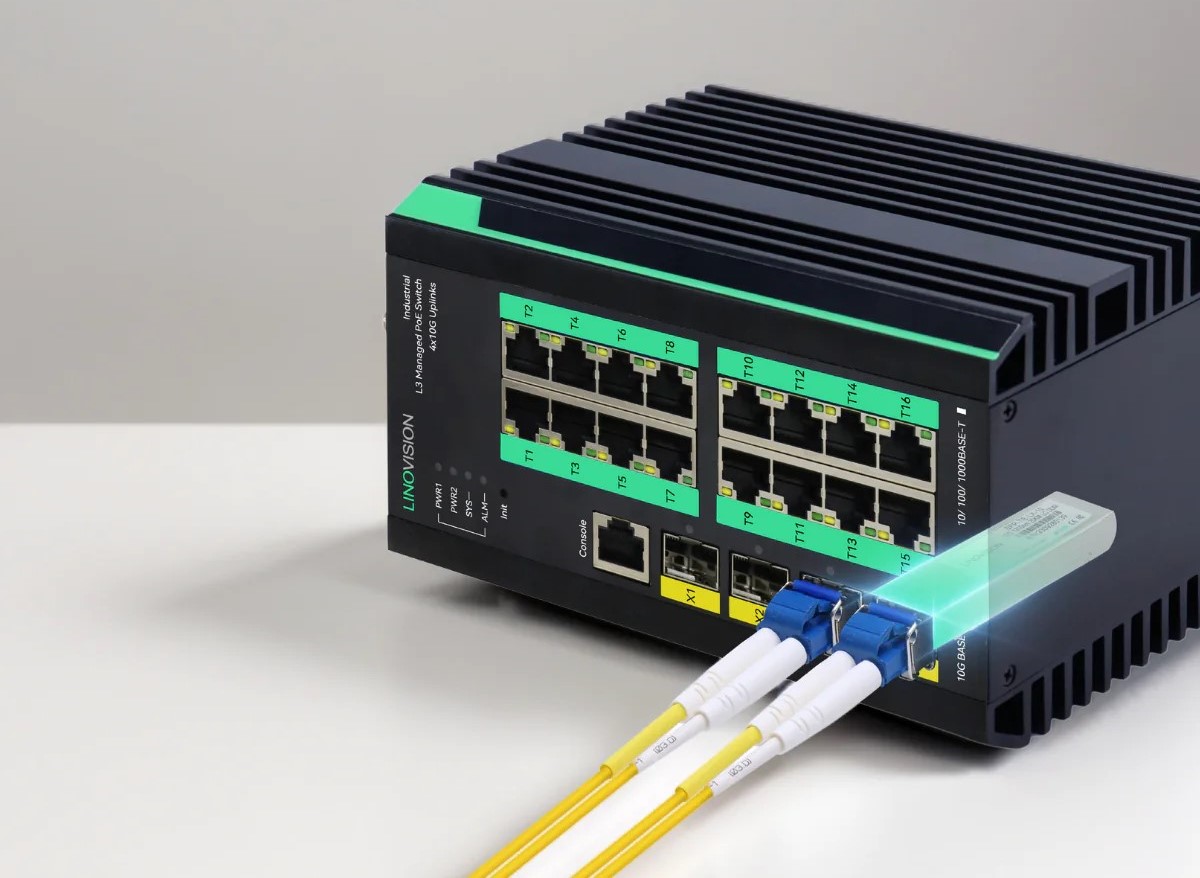The Remarkable Journey of SFP Modules in Networking Evolution

In the fast-paced world of networking, where the demand for speed and efficiency grows daily, one product has continually evolved to meet these needs: the Small Form-Factor Pluggable (SFP) module. These compact, hot-pluggable transceivers have played a pivotal role in revolutionizing data transmission, transforming how networks operate and adapt to the increasing demands for bandwidth.
The Dawn of SFP Modules
The journey began with the introduction of 1G SFP modules, which emerged as a solution for connecting servers to switches in small and medium-sized businesses. Designed to transmit data at speeds of 1 Gbps, these early modules utilized LC connectors, establishing a foundation for future advancements. Although limited in bandwidth, 1G SFP modules found their place in legacy networks, serving essential functions in less data-intensive applications.
As businesses expanded and the digital landscape transformed, the need for faster data transmission became evident. Enter the 10G SFP+ modules—an upgrade that would change the networking landscape forever. With speeds of 10 Gbps, these modules became the gold standard for high-speed data centers and enterprise networks. The 10G SFP+ modules supported a range of applications, from video streaming to cloud computing, offering a significant leap in bandwidth that met the demands of modern technology.
The Rise of Higher Speeds
As the networking environment continued to evolve, the introduction of 25G SFP28 modules marked another pivotal moment. These modules provided a cost-effective solution for data centers transitioning to 100G networking. With speeds of 25 Gbps, SFP28 modules became increasingly popular, allowing data centers to increase bandwidth without incurring the costs associated with higher-speed alternatives.
But the journey didn't stop there. The need for even greater bandwidth led to the emergence of 40G QSFP+ modules. With the ability to transmit data at 40 Gbps, these modules were designed for high-density applications, connecting multiple servers and switches with ease. Data centers found that 40G modules enabled them to handle the growing demands of data traffic while optimizing their infrastructure.
The crown jewel of this evolution came with the introduction of 100G QSFP28 modules. These modules revolutionized high-performance data centers by providing ultra-fast connections between switches, routers, and servers. Supporting applications that required low latency and high throughput, 100G modules became essential for big data analytics and high-frequency trading, where every millisecond mattered.
The Future of SFP Modules
As we look to the future, the evolution of SFP modules is far from over. With the increasing demands for data transmission, 200G and 400G SFP-DD modules are being developed to meet these challenges head-on. These advanced modules support higher data rates while maintaining backward compatibility with existing infrastructure, ensuring a smooth transition for network administrators.
Throughout this journey, SFP modules have demonstrated their resilience and adaptability in a rapidly changing technological landscape. From their humble beginnings with 1G speeds to the cutting-edge capabilities of 100G and beyond, these modules have played a crucial role in shaping the future of data communication. As technology continues to advance, SFP modules will remain at the forefront, empowering networks to meet the ever-growing demands of the digital age.